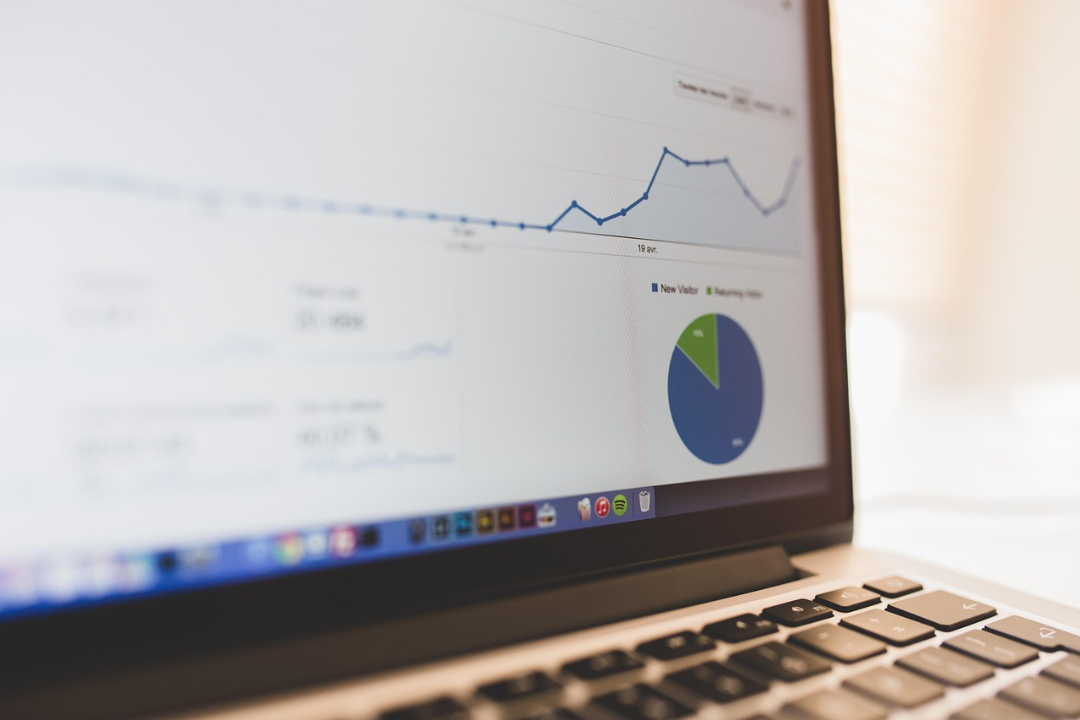Read time 2 mins
Author Josh Wells


When it comes to reporting on gift card sales, most of the industry is still working with outdated categories. B2B. B2C. In-store. Online. These broad buckets might have worked when gift cards were purely for gifting, but they’re hiding one of the biggest growth trends in plain sight: self-use.
Our data shows a 340% increase in cashback-related gift card transactions between 2023 and 2024. Yet most of these are still recorded under traditional reporting categories — meaning valuable behavioural insights are being missed entirely. For loyalty platforms, cashback providers, and fintechs, that’s a lost opportunity.
In most B2C reporting, a gift card bought for self-use gets logged as a standard consumer sale. In B2B, self-use purchases through employee benefits, credit card incentives, or cashback rewards are often bucketed under generic incentive categories.
The problem?
By not tracking self-use properly, you’re likely underestimating both the size and the profitability of your gift card activity. Worse still, you could be missing the chance to develop products and campaigns that capture more of this behaviour.
The takeaway:
Self-use is one of the fastest-growing gift card behaviours, but unless you’re actively tracking it, you’re missing the data that could drive your next wave of growth. The sooner you start uncovering it, the sooner you can act on it.
Download the full whitepaper — From Gifting to Gaining: How Gift Cards Have Become a Consumer Power Move — to explore the data and learn how to turn self-use insights into action.
Get the whitepaper now







